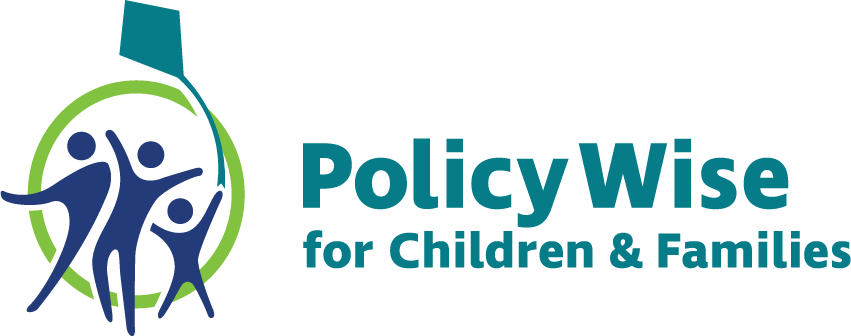View an Introduction to the project and study design.
Search for the final reports in the University of Calgary Repository.
Topic Reports
These reports address specific issues for vulnerable Albertan children and youth in the context of various indicators. Topics were identified in consultation with our partners and stakeholders.
- Shared Clients: This report describes youth who are high users of multiple government systems (justice, emergency rooms and Income Support/AISH) and follows them across time to determine their outcomes.
- High Level Offenders: This report compares the health, mental health and service use of Alberta youth considered prolific offenders (a high level of involvement in the justice system) to those with low involvement in the justice system.
- Early Childhood Services: This report describes young children with disabilities’ (preschool and kindergarten) educational achievement and mental health in grade 3 of elementary school.
- Child to Adult Transition: This report describes children and young adults with disabilities’ trajectories as they change to adult supports (i.e., educational achievement and support use, health care use, corrections involvements, and homelessness).
- Youth Homelessness: This report describes the risk factors leading to visible homelessness in Alberta youth, and the outcomes that homeless youth experience.
- Integrated Mental Health Hubs: This report describes the proportion of youth who have received mental health diagnostic codes in Alberta and their experiences in the health, social, educational, and justice systems to inform the design of integrated youth mental health hubs.
- FASD Support Services: This report provides a longitudinal look at provincial support service use for Albertan children with fetal alcohol spectrum disorders and why they might need collaborative services.
- Disability Transition for Students: This report describes children and young adults’ transition from childhood disability supports to adult disability supports.
- Income Support Transitions: This report describes young adults’ use and transition between Income Support and Income Support Learners programs.
Population Profiles
Ministry service use patterns and rates of overlap between programs are evaluated in the context of key indicators (e.g., sex, age, socioeconomic status, region of residence, educational achievement, mental health status, and health service use). These population profiles include: a population overview, Albertan programs/services, and specific disabilities.
Population Overview
Specific Disabilities
- Fetal Alcohol Spectrum Disorder
- Cerebral Palsy
- Autism Spectrum Disorder
- Mental Health
- Post-Secondary Students and Mental Health
Albertan Programs/Services
Education & Child Care
- Child Care Subsidy
- Child Support Services (Dependents)
- English as a Second Language (ESL) Students
- Post-Secondary Students
- Students with Special Needs
Income Support
Justice
Community and Social Service Supports
Journal Articles
- Complex needs: A manuscript looking at indicators (mental health, health care use, educational achievement, and socioeconomic status) of how children with complex service needs did across the child to adult transition.
- Early disability service use: A manuscript looking at which families with children with disabilities used disability services early (3 to 8 years old).
Program Overlap Rates
Matrices were created to show the rates of program use overlap. These provide a sense of how many children and youth involved in one program were also using another program. More detailed analyses of cross-program service use are explored in the population profiles.
- An Program Overlap Matrix allows you to explore how programs overlap.
- A Video tutorial describes how to use the interactive matrix.
- An Overview of the Matrix.
- Downloadable Program Overlap Tables
Data Bytes
Data bytes are short reports on key findings.
- An Insight into Child Intervention Clients’ Mental Health
- An Insight into Post-Secondary Students’ Mental Health
- An Insight on Fetal Alcohol Spectrum Disorder and Educational Achievement
- How Families Use Family Disability Supports During Early Times of Educational Need
Experiences of Albertan youth in 2008/09
The Experiences of Albertan youth in 2008/09 project was a demonstration project for the Experiences of Albertan Children and Youth over Time, 2005/06 to 2010/11 project. This study looked at ministry service use for all youth aged 12 to 24 years during one year, 2008/09.
View an Introduction of this project.
View Data Bytes – brief facts on key findings.
View Reports – includes an introduction and summary of findings, 15 topic-directed reports and a technical report.

